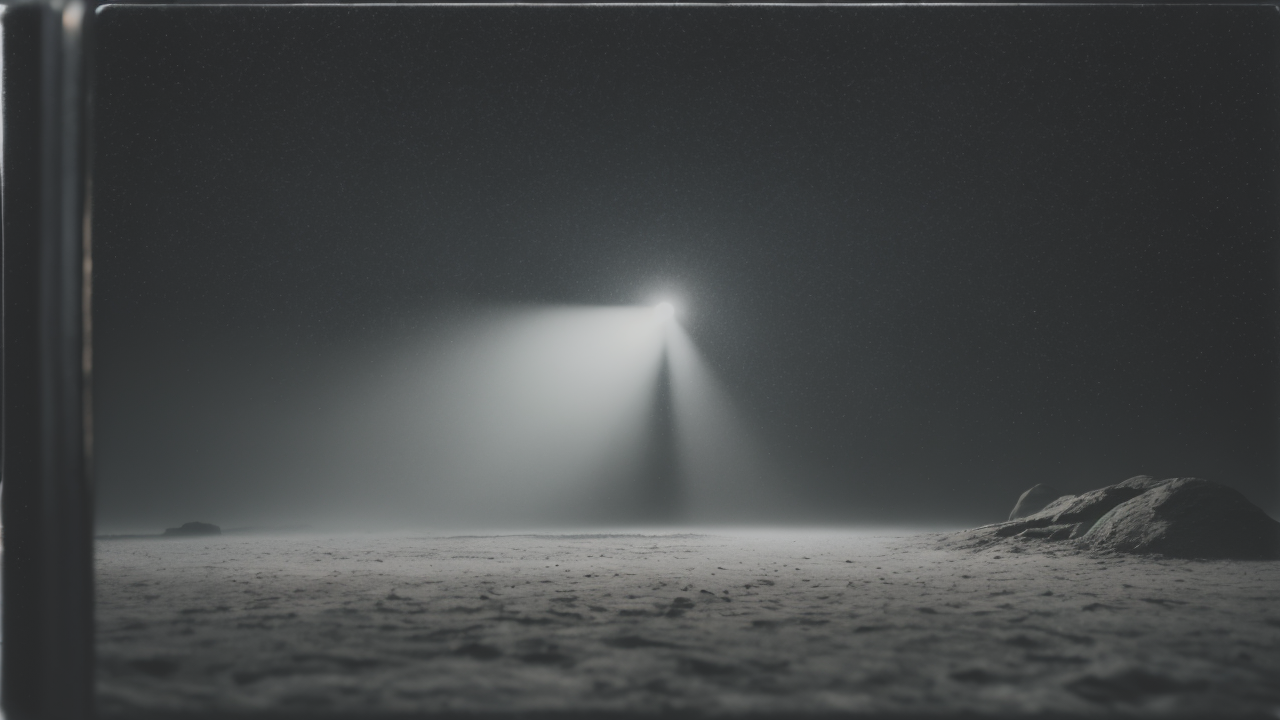
Indoor Trends: Incorporating Abstract Shape Art into Your Home Decor
Understanding Wabi-Sabi in the Context of Oil Painting
The Origins of Wabi-Sabi Aesthetics
Wabi-sabi is a Japanese concept that finds beauty in imperfection. It has roots in Zen Buddhism and tea ceremonies. In oil painting, it encourages artists to embrace simplicity and natural flaws.

Key aspects of wabi-sabi in art include:
- Appreciation of asymmetry
- Acceptance of roughness
- Celebration of simplicity
- Respect for modesty
- Cultivation of intimacy
- Connection with nature
Wabi-sabi in oil painting often results in works that feel:
- Organic and unforced
- Understated yet profound
- Deeply connected to the natural world
- Timeless while acknowledging impermanence
This approach invites viewers to slow down and notice subtle beauty. It challenges the Western idea of perfection in art. Instead, it finds value in the marks of age and use.
Key Principles of Wabi-Sabi in Art
When applying wabi-sabi to oil painting, artists focus on several key principles:
- Simplicity: Using minimal elements to convey meaning.
- Imperfection: Embracing flaws as part of the artwork's charm.
- Impermanence: Capturing the fleeting nature of life and beauty.
- Natural materials: Using organic pigments and textures when possible.
- Subtlety: Creating works that reveal their beauty slowly.
These principles guide artists in creating minimalist oil paintings that embody wabi-sabi. The result is often a serene, thoughtful piece that invites introspection.
Wabi-sabi oil paintings might feature:
- Muted color palettes inspired by nature
- Rough or uneven textures that show the artist's hand
- Simple compositions with plenty of negative space
- Subjects from nature, often in states of change or decay
By embracing these elements, artists create works that resonate with the wabi-sabi philosophy. They invite viewers to find beauty in overlooked aspects of life.
Embracing Minimalism in Oil Painting: Strategies and Techniques
Leveraging Simplicity for Maximum Impact
Minimalist oil painting techniques focus on using fewer elements to create powerful statements. This approach requires careful thought about each brush stroke and color choice.

Key strategies include:
- Limited color palette: Using few colors for a cohesive look.
- Negative space: Including empty areas to enhance focal points.
- Simple compositions: Focusing on essential elements only.
- Bold contrasts: Using light and dark to create drama.
- Texture variation: Using different brush techniques for interest.
By using these strategies, artists can create striking and meaningful minimalist oil paintings. The simplicity allows viewers to focus on the essence of the subject.
Artists might consider:
- Using no more than 3-5 colors in a single work
- Leaving large parts of the canvas untouched
- Focusing on a single subject or shape
- Creating stark contrasts between light and dark areas
These approaches help create powerful works that embody the spirit of minimalism. They challenge artists to convey meaning with less, refining their skills in the process.
Techniques for Achieving Minimalistic Effects
Several techniques can help artists achieve minimalist effects in oil painting:
- Dry brush: Using minimal paint for a textured, sketch-like look.
- Glazing: Applying thin layers of transparent paint for subtle color shifts.
- Impasto: Creating texture with thick paint in select areas.
- Scraping: Removing paint to reveal underlying layers or canvas.
- Monochromatic schemes: Using variations of a single color for unity.
These techniques add depth and interest while keeping a minimalist approach. The key is to use them sparingly and intentionally to support the overall composition.
For example:
- Use dry brush to create a sense of age or weathering
- Apply glazes to add depth to simple color fields
- Use impasto sparingly to create focal points
- Scrape away paint to reveal texture or underlying colors
- Explore the nuances of a single color through tints and shades
By mastering these techniques, artists can create rich, layered works within a minimalist framework. The result is often a painting that rewards close inspection while maintaining simplicity.
Case Studies: Successful Minimal Oil Painting Campaigns
Notable American Minimal Oil Painters
Several American artists have made significant contributions to minimal oil painting:

- Agnes Martin: Known for subtle, grid-based compositions in muted colors.
- Robert Ryman: Focused on exploring the properties of white paint.
- Brice Marden: Created monochromatic works with simple geometric forms.
- Jo Baer: Produced minimalist paintings with hard-edged shapes.
- Ellsworth Kelly: Known for bold, colorful minimalist abstractions.
These artists pushed the boundaries of minimal oil painting, inspiring others to explore simplicity. Their work shows how powerful minimalism can be in conveying emotion and ideas.
Key aspects of their work include:
- Martin's delicate pencil grids overlaid with thin washes of paint
- Ryman's exploration of white in various textures and applications
- Marden's use of simple lines and shapes to create complex compositions
- Baer's focus on the interaction between positive and negative space
- Kelly's bold use of color in simple, geometric forms
Studying these artists can provide valuable insights for those exploring minimalist oil painting. Their diverse approaches show the range possible within minimalism.
How Minimalism in Oil Painting Influences Consumer Behavior
Minimalist oil paintings have gained popularity in recent years, influencing consumer behavior:
- Increased demand for simple, calming artwork in homes and offices.
- Growing interest in art that complements minimalist interior design.
- Shift towards valuing quality over quantity in art collections.
- Attraction to artwork that encourages mindfulness and reflection.
- Preference for versatile pieces that can adapt to different spaces.
This trend has led to a rise in minimalist oil painting sales and commissions. Consumers are drawn to the sense of calm these works provide in busy environments.
Minimalist oil paintings appeal to consumers because they:
- Create a sense of space and openness in interiors
- Offer a visual break from busy, information-heavy environments
- Align with trends towards simplicity and mindfulness in lifestyle choices
- Provide timeless pieces that can evolve with changing decor
- Often carry deeper meanings despite their simple appearance
As more people seek balance and mindfulness, minimalist oil paintings gain appreciation. They offer a way to bring beauty and tranquility into everyday spaces.
In conclusion, minimalist oil painting, inspired by wabi-sabi, offers a powerful way to create impactful art. By embracing simplicity and imperfection, artists create works that resonate deeply with viewers. These techniques challenge artists to refine their skills and provide a refreshing contrast to complexity.


